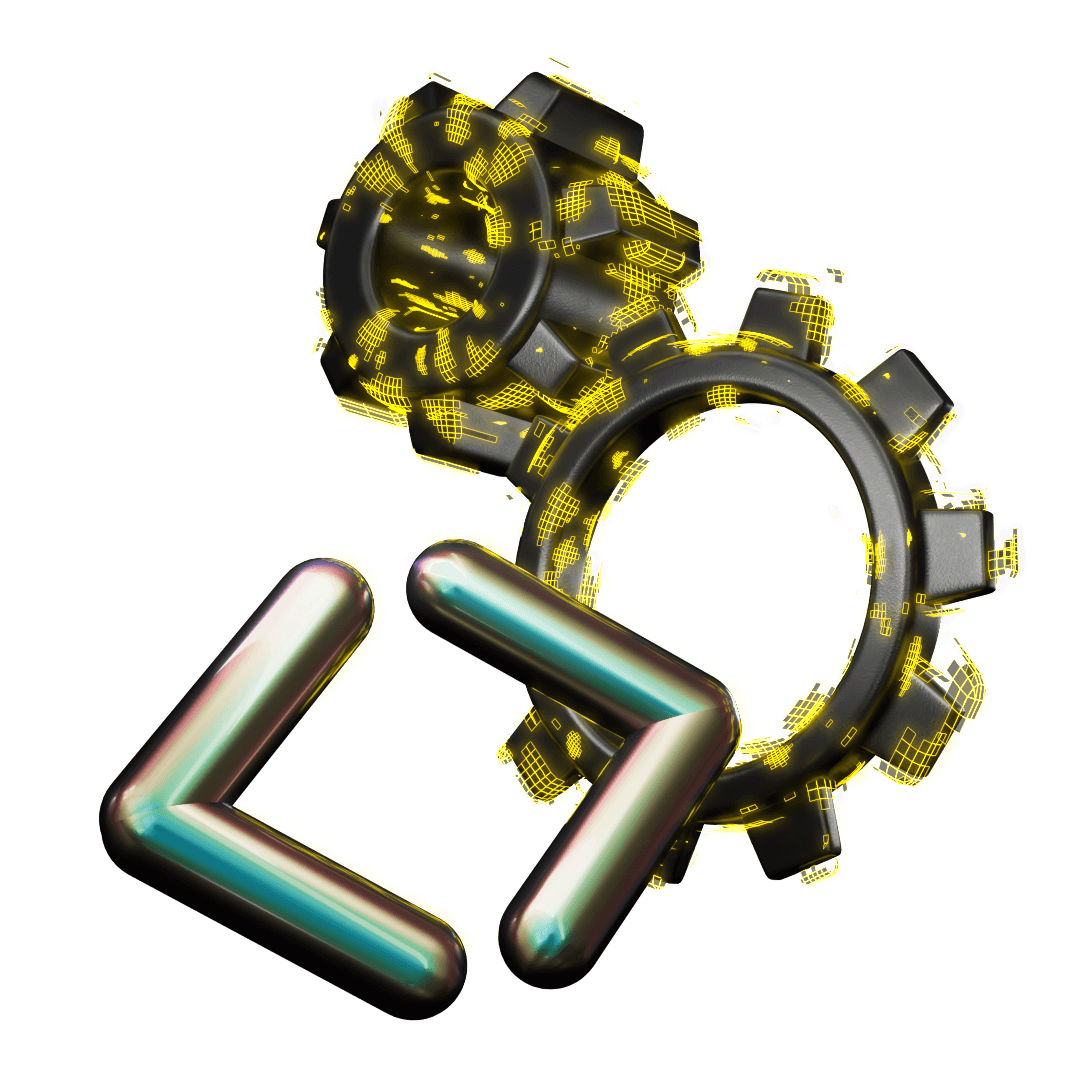Chains
BNB Beacon Chain
Sunset soon
BNB Chain ecosystem’s staking & governance layer
Developers
Ecosystem
Community

Build Web3 on BNB Chain
A community-driven blockchain ecosystem
of Layer-1 and Layer-2 scaling solutions.

Join the BNB Chain Ecosystem
Get started in 3 steps to dive into the world of BNB Chain.

Build on BNB Chain
BNB Smart Chain (BSC) supports the most popular programming languages, flexible tools, and comes with clear and canonical documentation. You can quickly start and deploy your application on a blockchain designed with real use in mind.


 Best EVM Compatible
Best EVM Compatible


The best-performing EVM compatible layer 1. Fully compatible tooling for EVM with up to 35 times of capacity.

 Massive User Base
Massive User Base


Handling the largest daily active users and the highest peak EVM transactions with economical fees.

 Most Diversified Assets APIs
Most Diversified Assets APIs


Full support on all popular tokens via the most powerful Binance Bridge. The greatest opportunity for composability.

 Strongest Ecosystem
Strongest Ecosystem


Supported by a robust ecosystem of top-tier RPC plants, wallets, blockchain explorers, data indices, and substantial grants.
BNB Greenfield
A Decentralized Data Storage System and Economy
BNB Greenfield is decentralized storage infrastructure within the broader BNB Chain ecosystem where users and dApps can create, store and exchange data with full ownership to form a new data economy.
Learn More
Developer Programs

Builder Grant
Awarding grants to innovative projects building open sourced infrastructure and developer tooling.

Gas Grant
Get up to $15k monthly rewards to accelerate your dApp's growth.
See All Programs
Scale with BNB Sidechain
BNB Sidechain is an infrastructure introduced to help developers and the application community to build and run their dedicated blockchain as a focused value system for a massive number of users while still maintaining a close connection with BNB Chain.


 Dedication
Dedication


A blockchain dedicated to the application logic with the independent community governance and economy.

 Sustainability
Sustainability


BNB Sidechain is a high-performance blockchain with high TPS and ultra-low gas fees.

 Integration
Integration


Projects that own a BNB Sidechain are also a part of the broader BNB Chain ecosystem.

 Support
Support


BNB Sidechain is backed by the largest community of users and developers.
Discover dApps on DappBay
Easily navigate relevant dApps, swiftly explore and discover profitable early-stage projects, and effortlessly identify risky dApps on DappBay.
